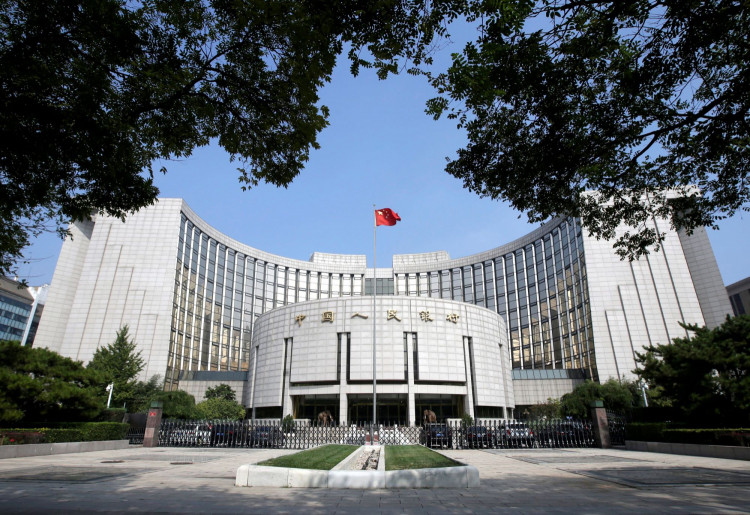China's central bank left key lending rates unchanged Monday, as stronger-than-expected economic data allowed policymakers to prioritize currency stability amid rising pressure from U.S. trade measures. The decision to keep the one-year loan prime rate at 3.1% and the five-year LPR at 3.6% matched forecasts from a Reuters poll of economists.
The move marks the sixth consecutive month of no change in the benchmark rates, which guide borrowing costs for businesses and households. The one-year LPR impacts most corporate and household loans, while the five-year rate is a reference for mortgage lending.
The rate hold follows upbeat first-quarter GDP data released earlier this month, showing China's economy grew 5.4% year over year. March retail sales and industrial production figures also exceeded forecasts. Analysts said the solid macro backdrop likely reduced the urgency for immediate monetary easing.
"Given the sound economic growth in the first quarter, it may be easier to introduce targeted measures for export companies," said Xing Zhaopeng, senior China strategist at ANZ.
The People's Bank of China has maintained a cautious stance in the face of trade tensions with the U.S., where tariffs on Chinese goods have been raised to as high as 245%. Beijing has responded with duties of up to 125% on U.S. imports.
Concerns over a weakening yuan have also factored into the PBOC's calculus. The Chinese currency strengthened slightly following Monday's decision, with the onshore yuan appreciating 0.20% to 7.2848 per dollar and the offshore yuan gaining 0.22% to 7.2846.
The central bank's restraint also reflects a broader reluctance to further compress interest margins at commercial lenders, particularly as inflation remains subdued. China's consumer price index fell 0.1% year over year in March, while producer prices declined 2.5%, marking 29 consecutive months of deflation.
"Low inflation and strong external headwinds amid escalating tariff threats provide a strong case for easing," economists at ING said in a note. "But currency stabilization considerations may prompt the People's Bank of China to wait until the U.S. Federal Reserve cuts borrowing costs."






